Reportar esta entrada
Más sobre la misma comunidad-colección
Mac's Place - centro de El Paso, Texas
Mac's Place located 203 Mills - in the Cortez Building on the ...
Mac's Place - centro de El Paso, Texas
Mac's Place located 203 Mills - in the Cortez Building on the ...
Mac's Place - centro de El Paso, Texas
Mac's Place located 203 Mills - in the Cortez Building on the ...
Mac's Place - centro de El Paso, Texas
Tuna Dish at Mac's Place. Mac's Place located 203 Mills - in the ...
Mac's Place - centro de El Paso, Texas
Gelaine Apuan owner of Mac's Place. Mac's Place located 203 ...
Mac's Place - centro de El Paso, Texas
Mac's Place located 203 Mills - in the Cortez Building on the ...
Mac's Place - centro de El Paso, Texas
People dining in the Cortez Building from Mac's Place. Mac's ...
Plaza Festival de Cine Clásico - 2016
Poster of the Plaza Classic Film Festival - 2016 August 4 - ...
Fotografía aérea - centro de El Paso, Texas - 1929
This aerial photograph was taken in 1929 over the Rio Grande ...











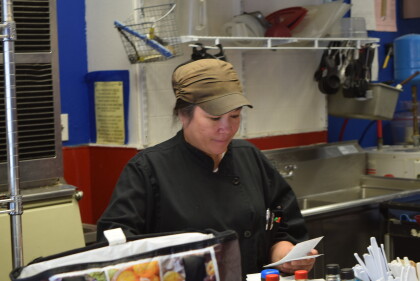

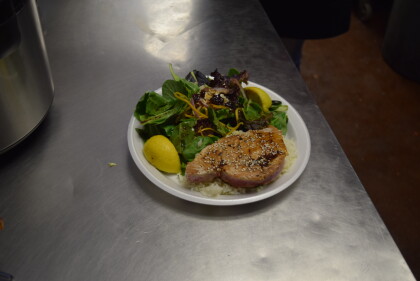
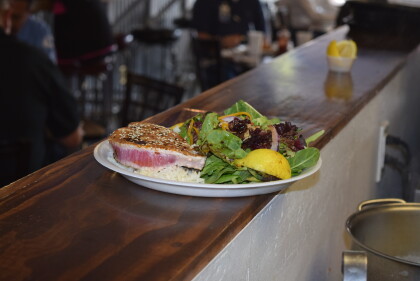
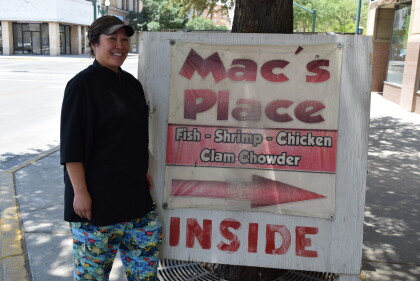
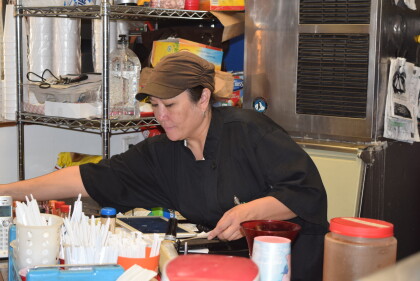
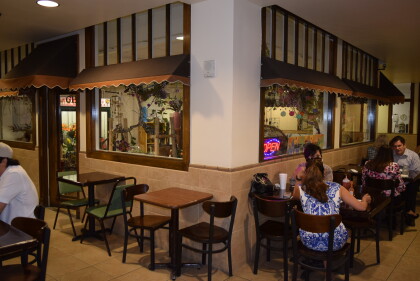
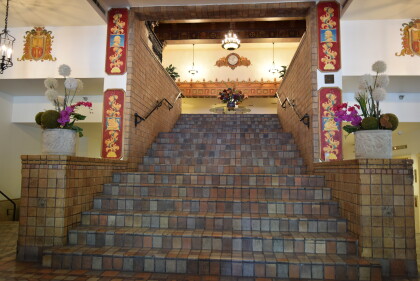

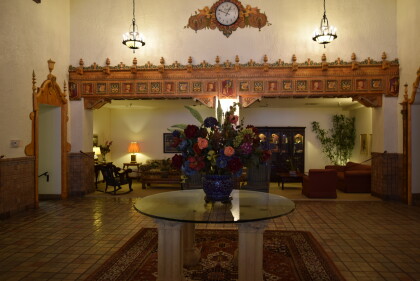
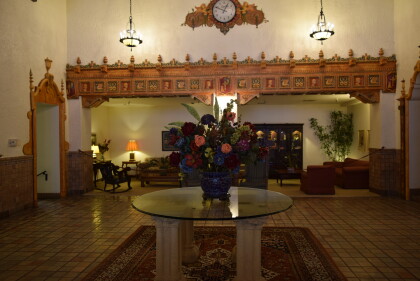
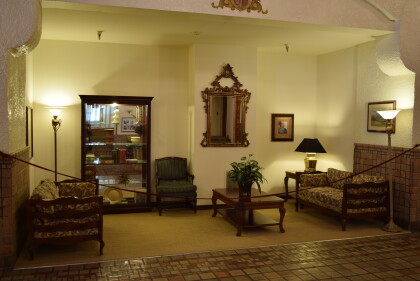
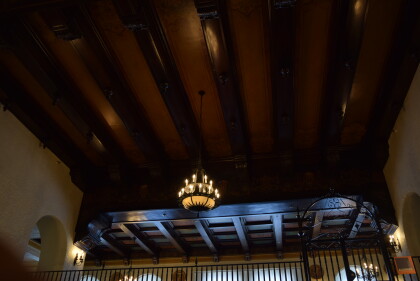
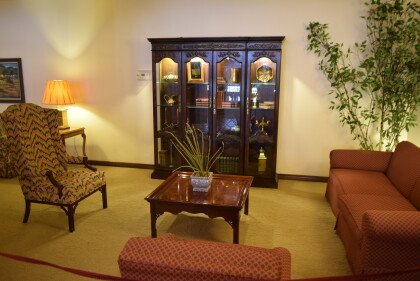
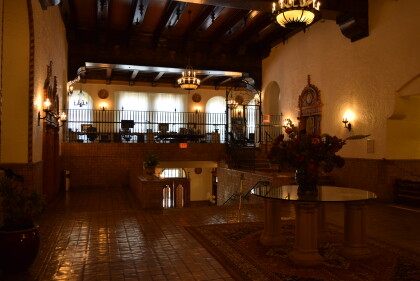
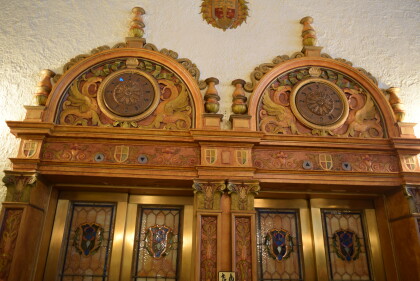
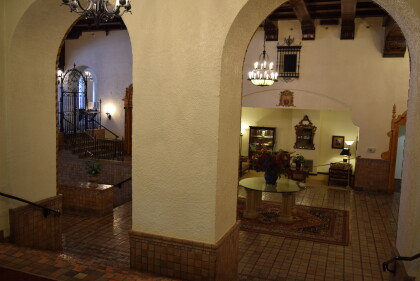

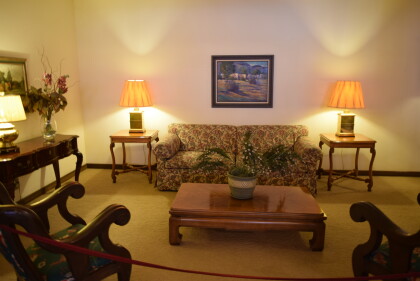
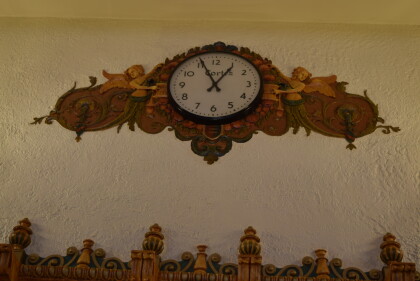
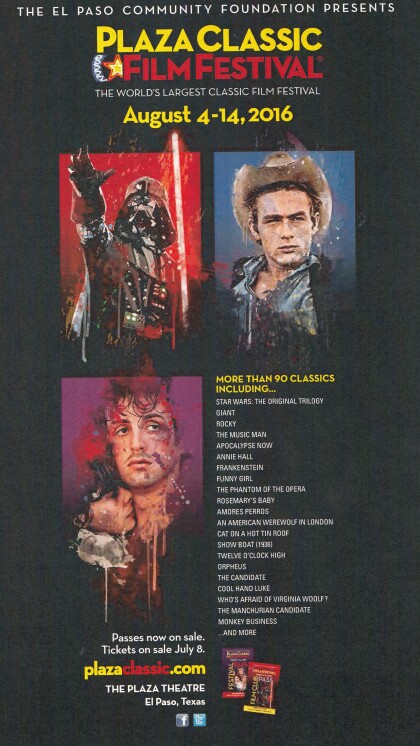
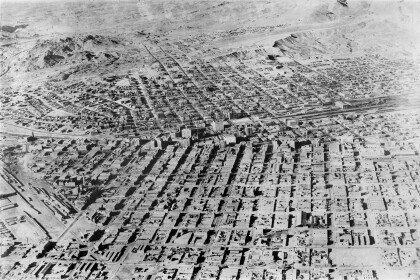
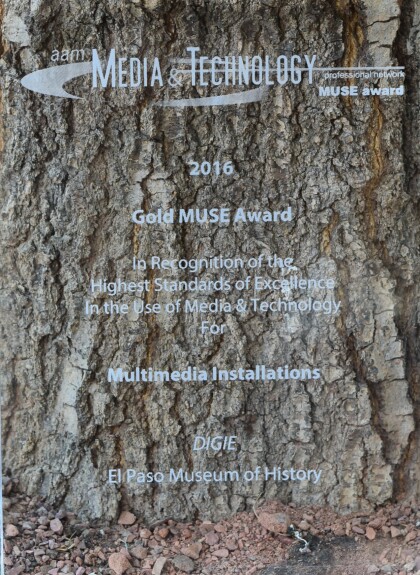
Comentarios
Hacer un comentario